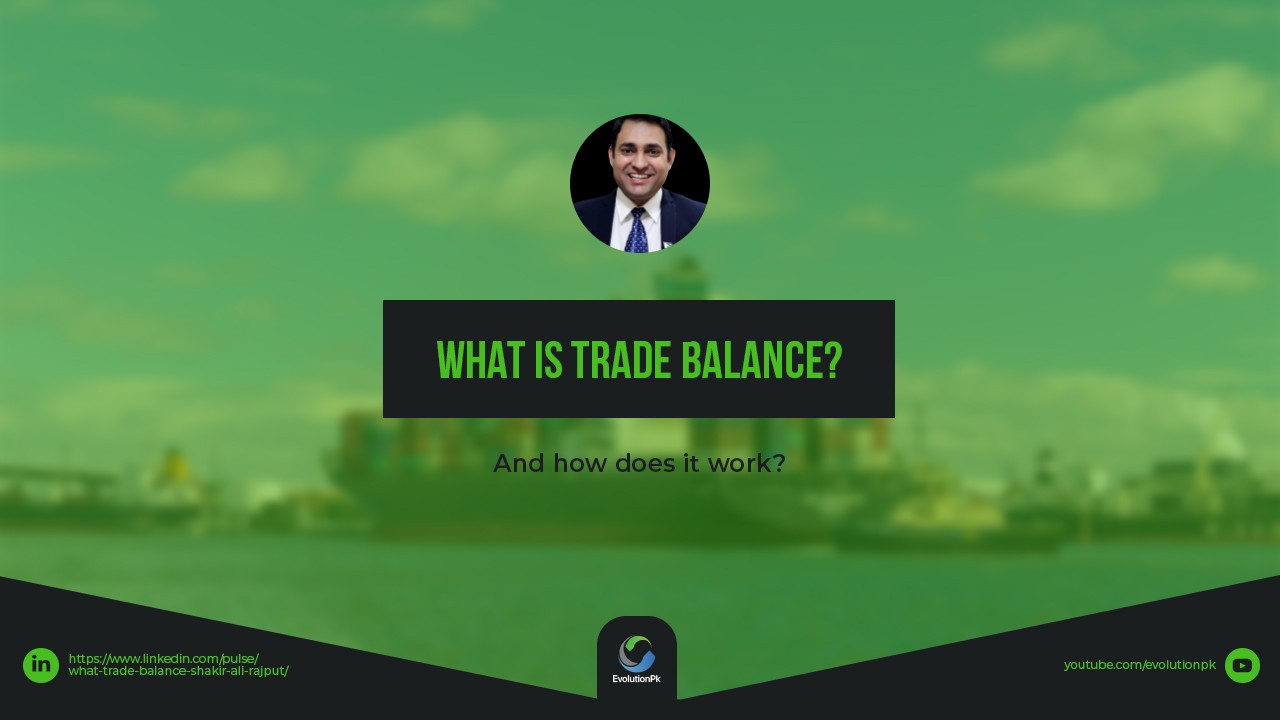
What is trade balance?
September 7, 2022
Global trade trends and forecast 2021-22
September 9, 2022The current account? What is it?
The current account keeps track of a country’s transactions with the rest of the world during a certain time period, like a year or quarter, including its net trade in products and services, net returns on international investments, and net transfer payments.
As imports rise, Pakistan’s trade deficit reaches a record high of $48.66 billion. Cash-strapped Pakistan’s trade imbalance increased significantly by 57 percent to reach an all-time high of USD 48.66 billion in the current fiscal year from USD 30.96 billion the previous year.
Fundamentals of the Current Account
The current account measures imports and exports of goods and services, payments to foreign holders of a country’s investments, payments received from investments abroad, and transfers like foreign aid and remittances. In contrast to the capital account, which tracks changes in central bank reserves and cross-border investments in financial instruments.
The capital account balance of a country will reflect an equal and opposite amount regardless of whether the current account balance is positive (a surplus) or negative (a deficit). In the balance of payments, exports are represented as credits and imports as debits.
When a country’s current account balance is positive, it means that it is a net lender to the rest of the world, but when it is negative, it is a net borrower. A current account surplus raises a country’s net foreign assets by the surplus’s amount, whereas a current account deficit lowers it by the deficit’s amount.
Particular Considerations
The current account balance frequently exhibits a cyclical tendency since the trade balance (exports minus imports) is typically the primary predictor of the surplus or deficit. The current account deficit will increase if exports are unable to rise at the same rate as imports during a robust economic boom. Conversely, if imports fall and exports rise to stronger economies during a recession, the current account deficit will decrease.
The current account and trade balance are both significantly impacted by the currency rate. A currency that is overvalued makes imports less expensive and exports less competitive, which increases the current account deficit or decreases the current account surplus. Contrarily, an undervalued currency encourages exports and raises import prices, thus raising the current account surplus or decreasing the deficit.
During times of more uncertainty, countries with persistent current account deficits frequently face increased investor scrutiny. During such periods, speculators frequently attack these countries’ currencies.
In order to sustain the domestic currency, foreign exchange reserves are depleted, and this depletion of reserves—combined with a worsening trade balance—increases pressure on the currency. This produces a vicious cycle in which the domestic currency is under strain. Often, struggling countries are compelled to enact strict policies to protect their currencies, such as increasing interest rates and limiting capital outflows.
Writer Shakir Ali Rajput: Global Trade Professional, For additional information, reach me on WhatsApp (00971) 543785186 or shakir.ali@evolution.pk email address.


